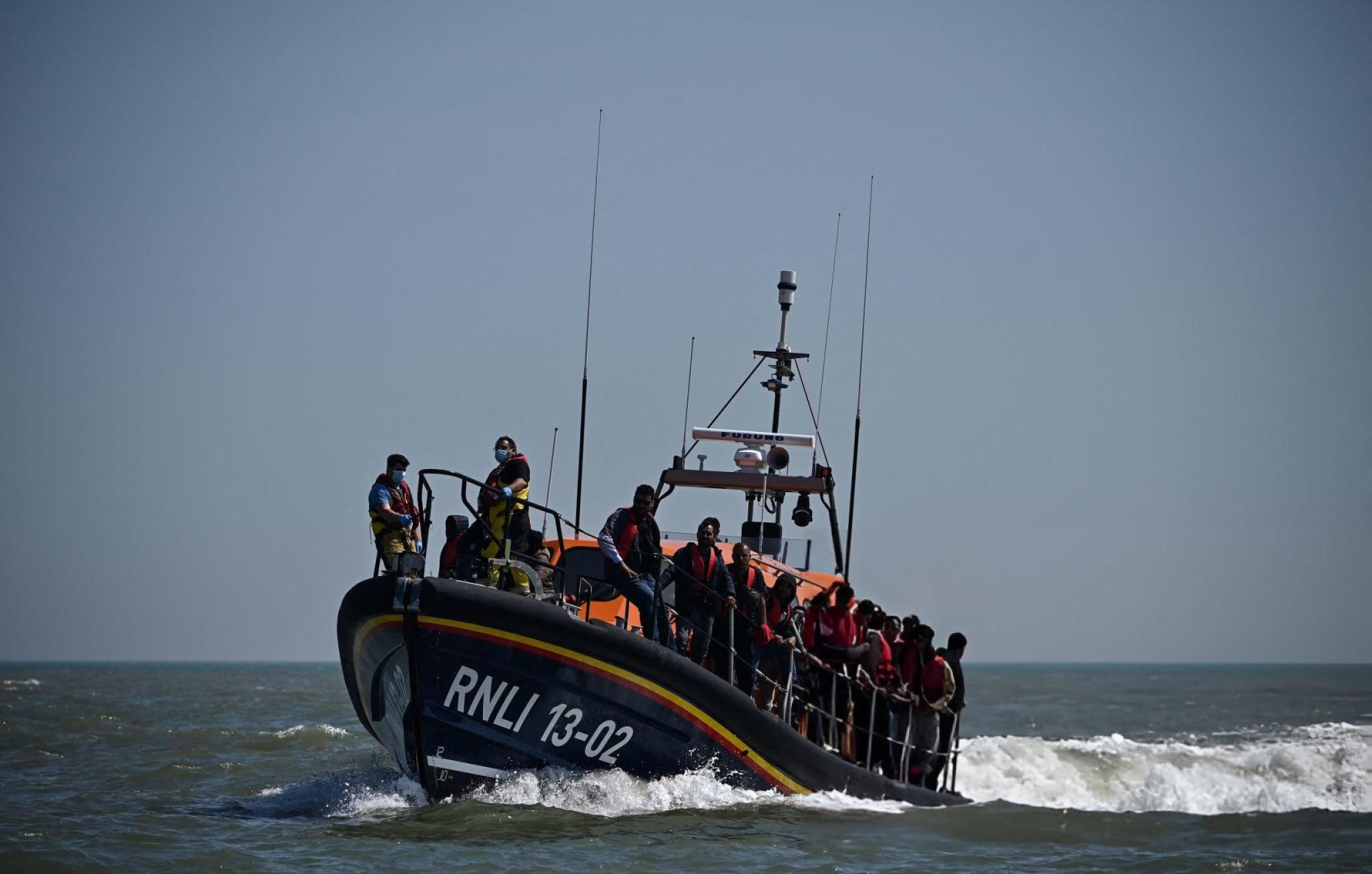The total number of illegal arrivals detected in the UK in 2024 rose significantly, increasing by 19% compared to the previous year. According to Home Office figures, 43,630 individuals were detected entering the country through illegal routes, up from 36,699 in 2023. The data highlights a shift in the nationalities of those making these dangerous journeys, with Afghan nationals making up the largest group of arrivals.
Nationalities of illegal migrants
Five nationalities accounted for more than half of all illegal migrants arriving in the UK last year. Afghan nationals were the most common, representing 15% (6,339) of all arrivals. Iranian nationals followed closely behind, continuing their presence as one of the largest groups attempting to enter the country illegally.
Interestingly, the number of Vietnamese nationals arriving through illegal routes increased significantly, rising from 4% in 2023 to 9% in 2024. Syrian nationals also saw a notable increase, making up 11% of arrivals, compared to 7% in the previous year. By contrast, Turkish nationals saw a decline in numbers, making up 5% of arrivals in 2024, down from 9% the year before.
Some 1,457 individuals (3% of all arrivals) had no recorded nationality, making it difficult to determine their country of origin.
Trends over recent years
Afghan and Iranian nationals have consistently been the top two nationalities among illegal migrants arriving in the UK. In 2023, Afghan nationals accounted for 17% of arrivals, while Iranians made up 14%. Their continued prominence in 2024 reflects the ongoing instability and difficult conditions in their home countries.
Albanian nationals, who were the most common group arriving illegally in 2022, have seen a decline in numbers. While they made up 28% of small boat arrivals in 2022, their presence in 2024 was significantly lower.
Routes taken by migrants
The vast majority of migrants entering the UK illegally last year made their way across the English Channel in small boats. This perilous route accounted for 84% of all illegal arrivals. Smaller numbers arrived by air (8%) or at UK ports (1%), while the remaining 7% were detected within 72 hours of their arrival.
The most common nationalities varied by the mode of arrival. Afghans accounted for the largest proportion of those arriving via small boats, making up 17% of all crossings where nationality was recorded. Iranians were the most common nationality among those arriving by air, comprising 24% of arrivals through this route. Meanwhile, Albanian nationals were the largest group among those detected at UK ports (20%), and Sudanese nationals were the most common among those identified within 72 hours of arrival (23%).
Small boat crossings
Afghan nationals were the most common group arriving via small boats in both 2024 and 2023, accounting for 17% and 19% of such arrivals, respectively. In contrast, Albanian nationals dominated this category in 2022, making up 28% of small boat arrivals, while Iranians were the most common in both 2021 (30%) and 2020 (28%).
The increase in small boat crossings remains a key concern for the UK government, with efforts being made to curb these dangerous journeys. Many of those arriving illegally seek asylum, citing conflicts, political persecution, and economic hardship as their reasons for fleeing their home countries.
The UK government’s response
The surge in illegal migration has led to heightened political debate and efforts to strengthen border controls. The government continues to implement measures aimed at deterring illegal crossings, including cooperation with European countries and tougher enforcement of immigration laws. However, human rights groups argue that many of those arriving illegally have legitimate claims for asylum and should be provided with protection rather than deterrence measures.
As illegal migration continues to rise, the debate over border security, asylum policies, and the humanitarian aspects of migration is set to remain a significant issue in the UK for the foreseeable future.






